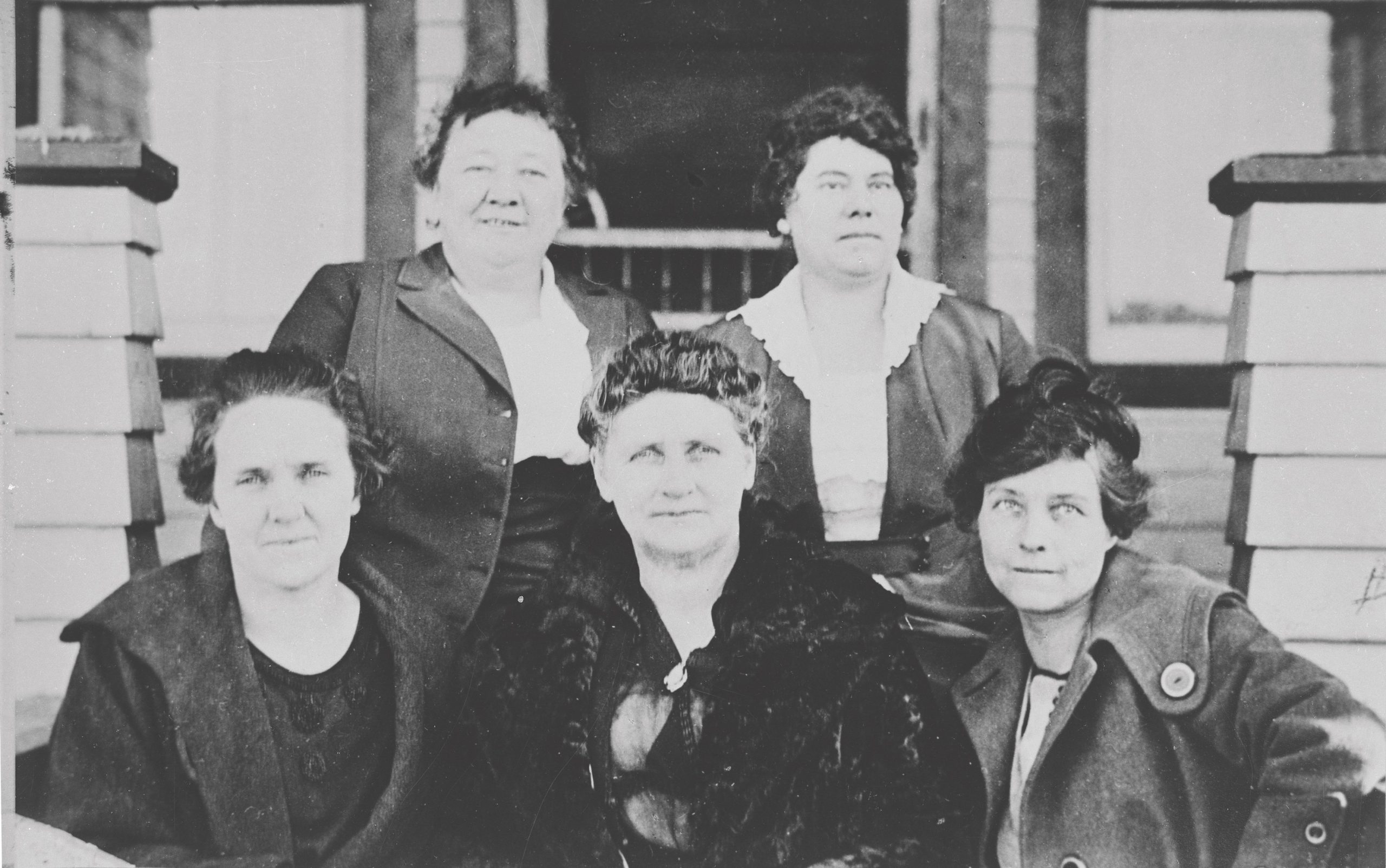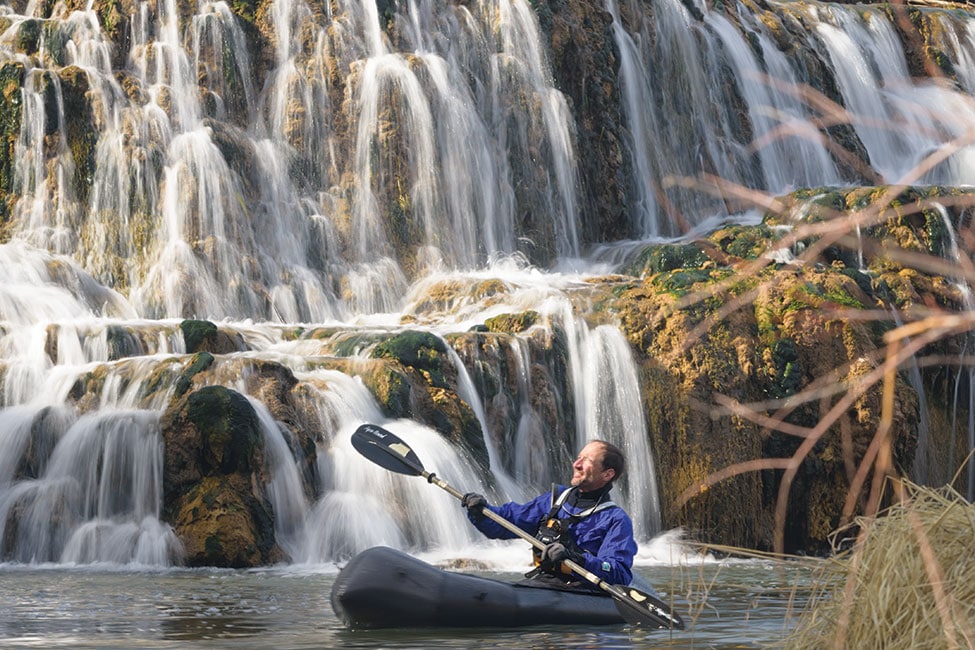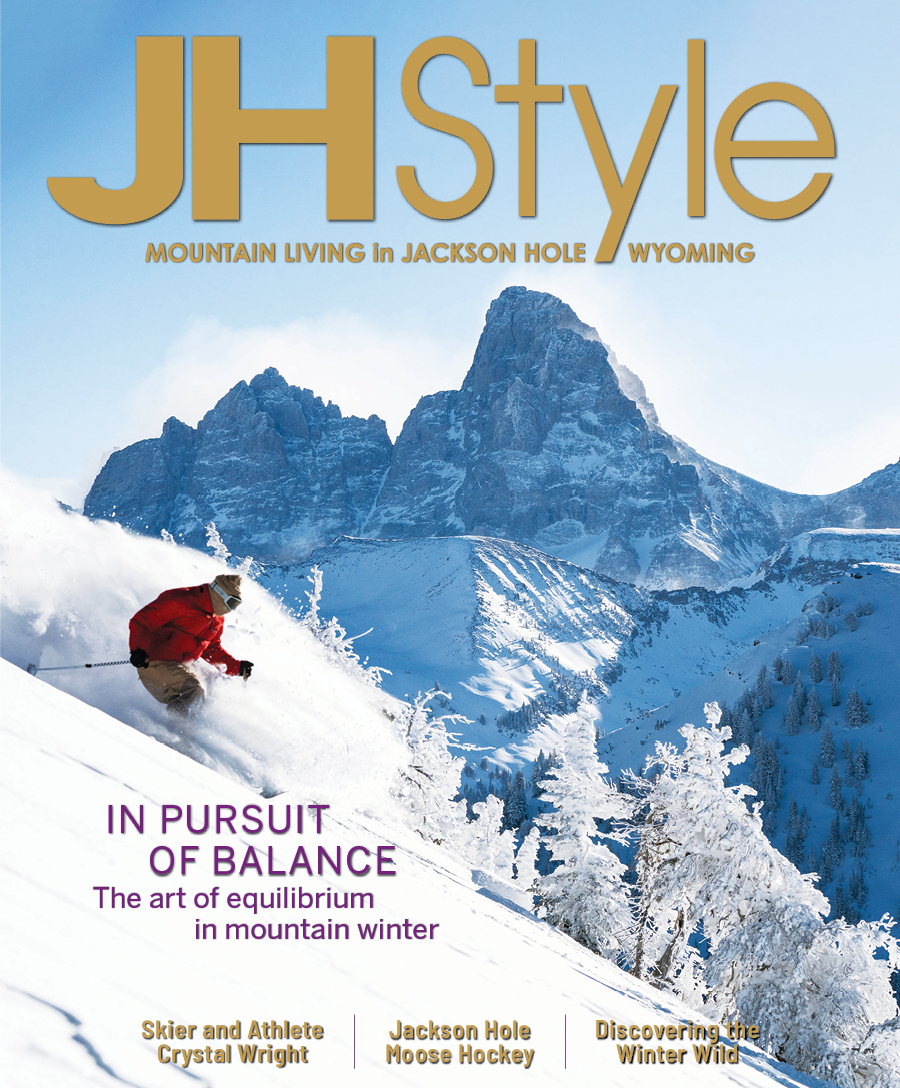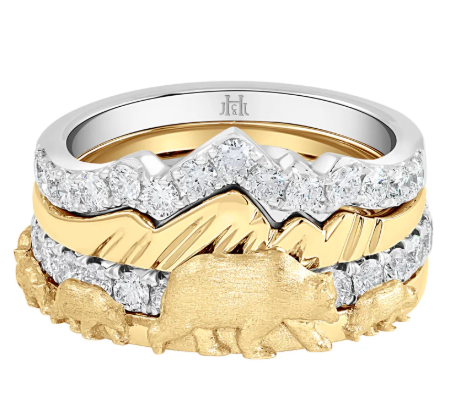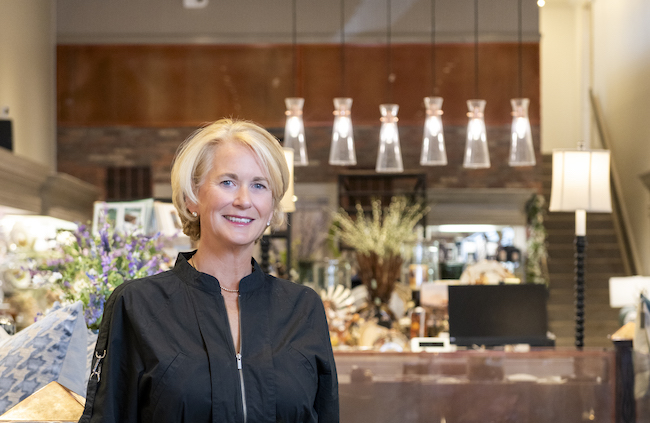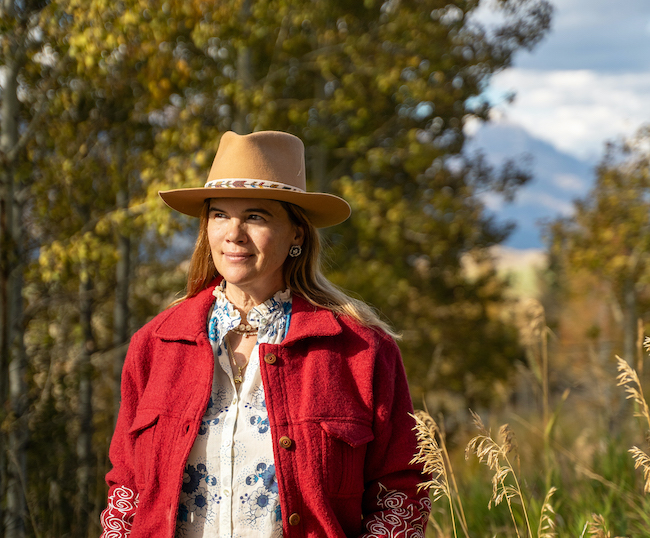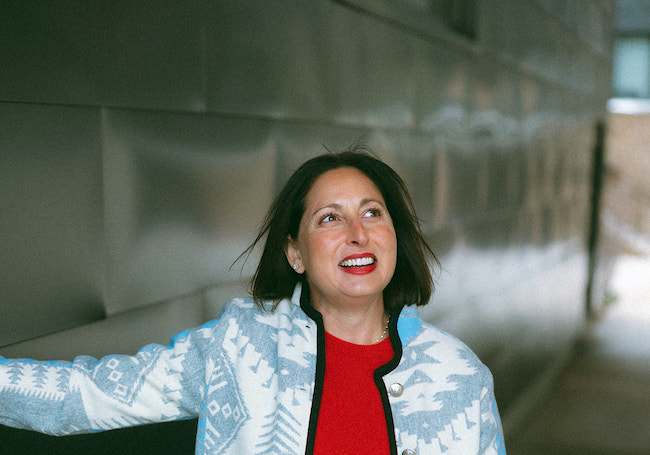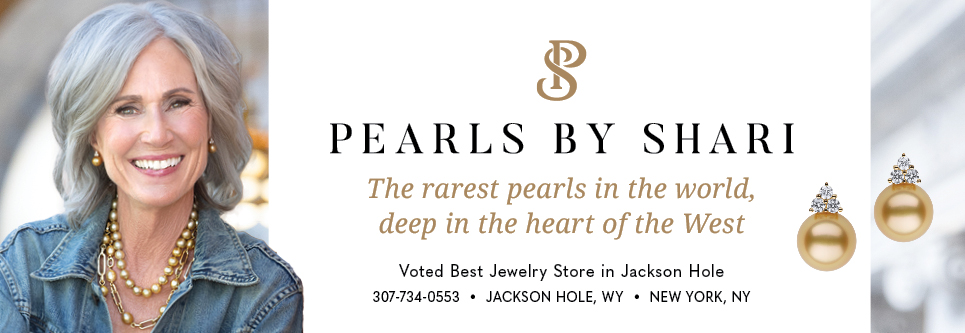Western Artist
09 Sep 2018
Wipfler's Art Embraces the Wild
Summer 2018
Written By: Kelsey Dayton | Images: David Bowers
It all really began with a cow. In second grade, a painfully shy Kathy Wipfler drew a cow in art class and everyone said it was the best in the class.
“And all these years later, I’m still painting cows,” she says.
Wipfler was working as a surgical technician in Idaho Falls, Idaho, after growing up in rural Central California, when she decided it was time to realize her dream of painting full-time. She moved to Jackson in 1979 and gave herself 10 years to “make it” as an artist.
She had wanted to be an artist ever since that day in second grade. She didn’t want to live in a city, but she wanted to be around art. Jackson at the time had only a few galleries, but they held amazing work.
“And there wasn’t a lack of things to paint,” she says.
Wipfler originally painted from photographs, but something about them felt flat. When she heard about plein air painting, or painting outdoors on location, she bought an easel and headed outside where she learned how the light played off the landscape in a way that, if she could capture it, gave her work new depth.
Venerated artist Greg McHuron became her mentor. He let her come out once a week when he painted on location. They’d work side by side and occasionally she could ask questions.
"As I progress in my work, I want to say more—but with fewer brush strokes." Kathy Wipfler
When she wasn’t painting she was working odd jobs like haying, feeding, and trailing cattle, and other ranch work that also acted as research for the Western artist.
Wipfler is now represented by Trailside Galleries, as well as galleries in Cody, Wyoming, Montana, and Colorado, and she paints full-time.
Oil paint is her main medium. It’s malleable and doesn’t dry too fast. She also creates black and white wood block prints.
Her style has changed over the years. Instead of focusing on every detail, she tries to capture the essence of the subject. It’s not about painting every hair, but getting the shadow shapes and sunlight on an animal.
“It’s not abstract, or super realist, but somewhere in the middle,” she says. “As I progress in my work, I want to say more—but with fewer brush strokes.”
It took 13 years instead of the 10 she’d given herself to paint full-time. But she’s still eager to volunteer if a neighbor needs help trailing cows. She relishes being outside. She loves to think about all the people who came across the landscape before her. And she loves to paint it, from the mountains to the horses and, of course, the cows.

